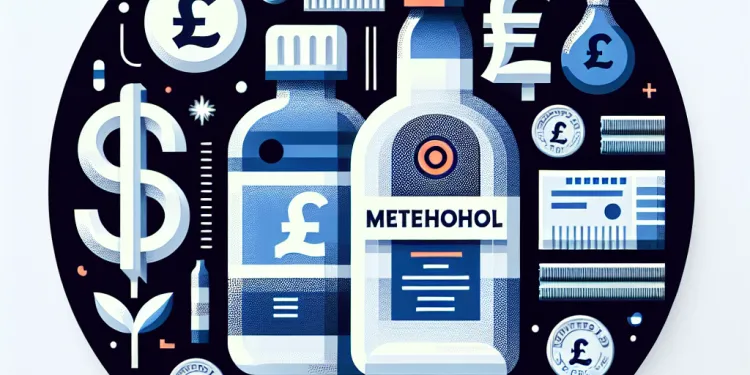
Find Help
More Items From Ergsy search
-

Why is methanol sometimes found in illegally produced alcohol?
Relevance: 100%
-
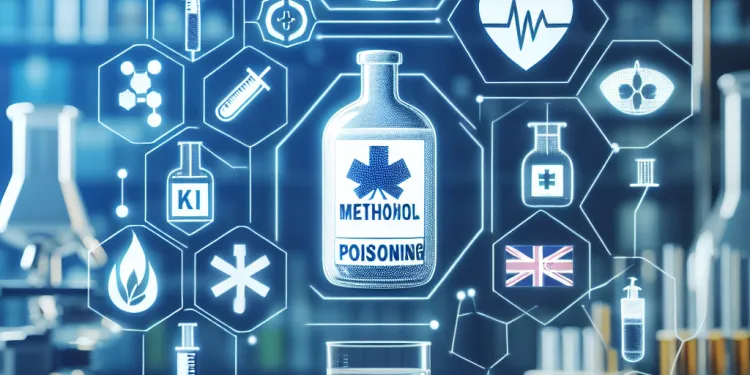
What is methanol poisoning?
Relevance: 48%
-

What are the differences between methanol and ethanol?
Relevance: 47%
-

How can methanol poisoning be prevented?
Relevance: 45%
-

What are the symptoms of methanol poisoning?
Relevance: 39%
-

How does methanol poisoning differ from ethanol poisoning?
Relevance: 38%
-

Why is methanol dangerous to humans?
Relevance: 38%
-
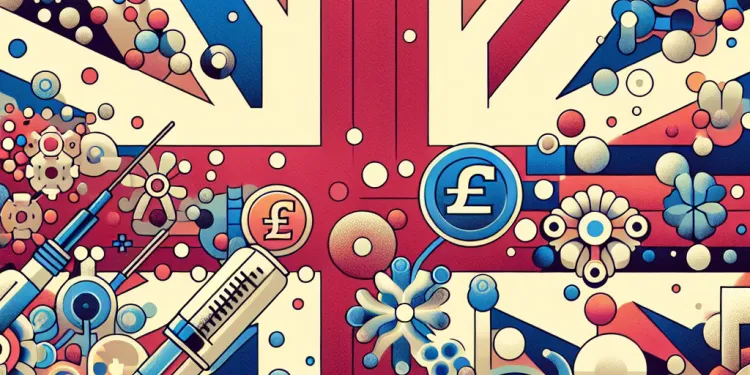
Can methanol poisoning be treated?
Relevance: 38%
-

Can methanol poisoning cause permanent damage?
Relevance: 37%
-

What should you do if you suspect methanol poisoning?
Relevance: 37%
-

Is dialysis used in methanol poisoning cases?
Relevance: 35%
-

How quickly do symptoms of methanol poisoning appear?
Relevance: 33%
-
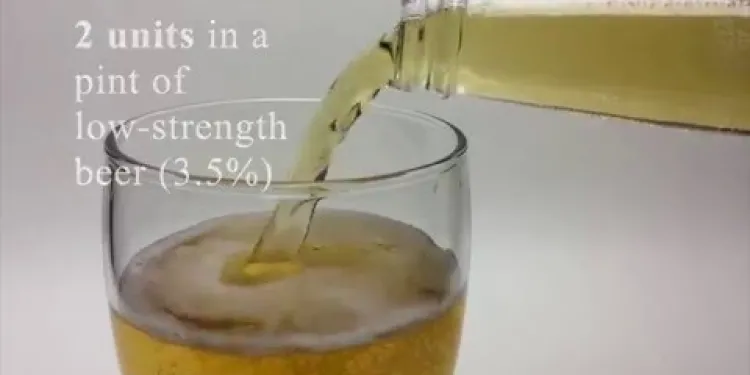
5 Facts about Alcohol and Britain
Relevance: 27%
-
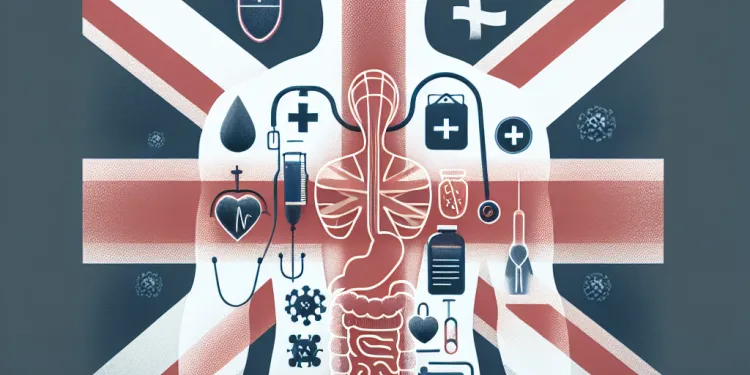
Where is GLP-1 produced in the body?
Relevance: 26%
-
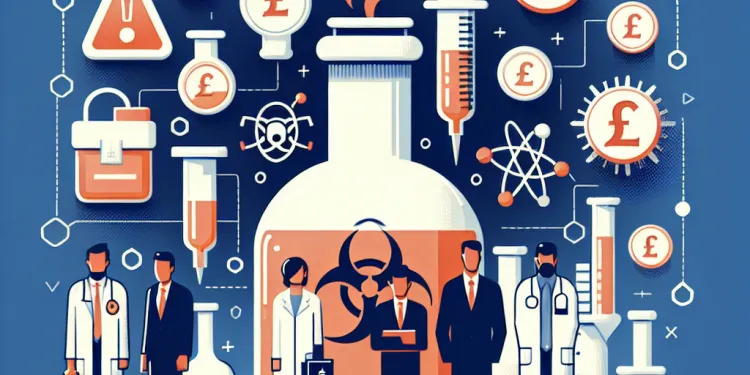
What professions are at higher risk of methanol exposure?
Relevance: 25%
-

Is there a specific test to diagnose methanol poisoning?
Relevance: 25%
-

What is alcohol poisoning?
Relevance: 25%
-
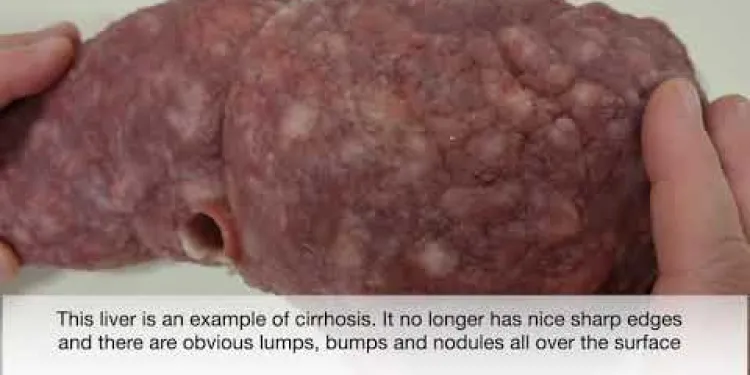
Alcohol Awarerness Week
Relevance: 25%
-

What is the role of ethanol in the treatment of methanol poisoning?
Relevance: 25%
-

FASD Foetal alcohol
Relevance: 24%
-
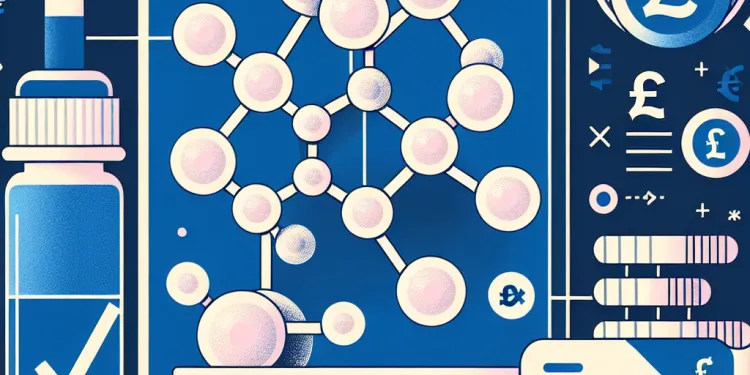
What is fomepizole and how does it work?
Relevance: 24%
-

What types of visual disturbances are associated with methanol poisoning?
Relevance: 23%
-

Do all plants produce pollen that causes hay fever?
Relevance: 23%
-

What is safe alcohol consumption in Adults?
Relevance: 23%
-
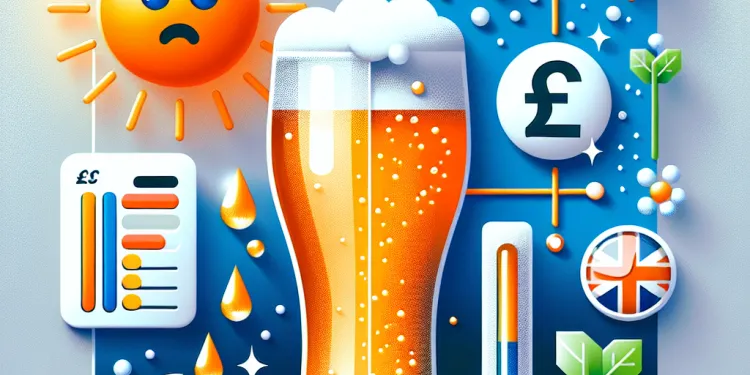
Should I avoid alcohol during a heatwave?
Relevance: 23%
-

Can alcohol worsen sleep apnea?
Relevance: 22%
-

Is it possible for alcohol alone to cause similar symptoms?
Relevance: 22%
-
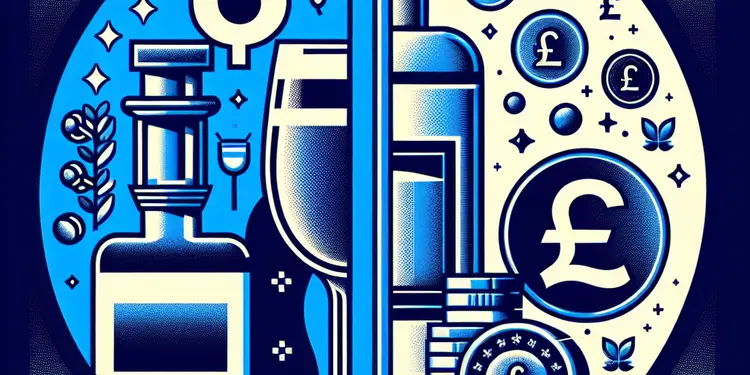
Can alcohol be consumed while taking Wegovy?
Relevance: 22%
-
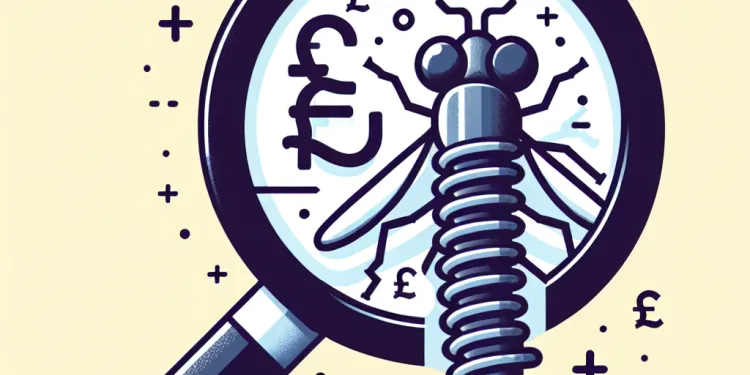
What species of flies produce screw worms?
Relevance: 21%
-
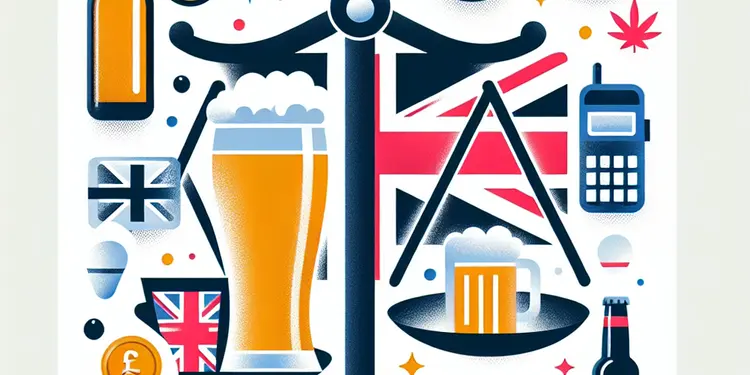
How does alcohol tolerance relate to binge drinking?
Relevance: 21%
-

What first aid measures can be taken in case of methanol exposure?
Relevance: 21%
-

What is Alcohol Rehab?
Relevance: 21%
-

Living with Foetal Alcohol Spectrum Disorder (FASD), a mum’s journey (full version)
Relevance: 18%
-
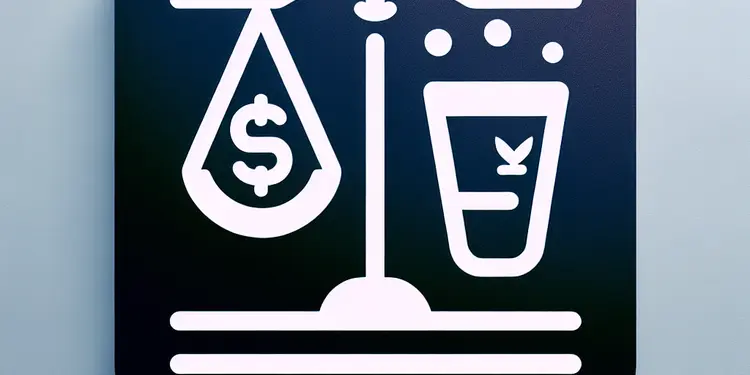
Are there any laws against binge drinking?
Relevance: 17%
-

Can I taste or smell if my drink has been spiked?
Relevance: 14%
-
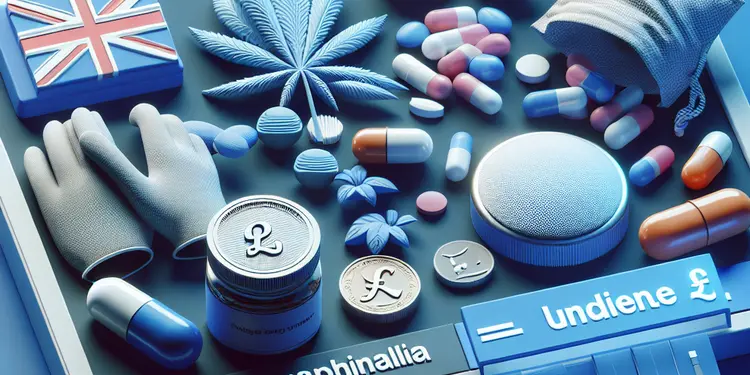
Is drug paraphernalia considered part of drug offences?
Relevance: 14%
-

Can methanol be absorbed through the skin?
Relevance: 13%
-

Can a landlord lock me out or remove my belongings to evict me?
Relevance: 12%
-

How does driving under the influence relate to dangerous driving?
Relevance: 11%
-
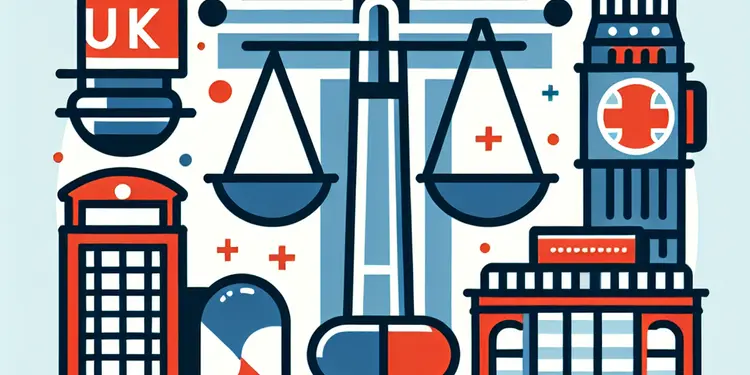
What constitutes a drug offence?
Relevance: 11%
Introduction
Illegally produced alcohol, often referred to as "moonshine" or "bootleg alcohol," is an issue that has serious health implications. One of the main concerns with these homemade spirits is the presence of methanol, a toxic substance. This article explores the reasons methanol is sometimes found in these illegal concoctions and the associated risks.
What is Methanol?
Methanol, also known as wood alcohol, is the simplest form of alcohol and is closely related to ethanol, the type of alcohol safe for human consumption found in beer, wine, and spirits. Methanol is used industrially as a solvent, antifreeze, and fuel, and is toxic to humans if ingested. Even small amounts can cause serious health problems, including blindness, liver damage, and death.
Production Process and Contamination
The presence of methanol in illegally produced alcohol typically arises from poor distillation practices. During the fermentation process, sugars are converted into ethanol, but methanol can also form from the use of certain raw materials such as fruit pectin. In professional distilleries, the distillation process is carefully controlled to separate methanol from the ethanol. This involves removing the "heads" of the distillate, where methanol is most concentrated, before the "heart" portion, which contains the ethanol intended for consumption.
In contrast, amateur or illicit distillers may lack the knowledge, equipment, or desire to remove methanol. The motivation for producing illegal alcohol is often profit-driven, leading to cutting corners and not following safety protocols. This can result in substantial methanol contamination in the final product, posing severe health risks to consumers.
Economic and Regulatory Factors
Evasion of taxes and regulatory oversight are major factors driving the illegal production of alcohol in the UK and worldwide. The cost of legal alcohol includes excise taxes, which significantly increase its price. Illegally produced alcohol bypasses these costs, offering consumers a cheaper but riskier alternative. Unfortunately, this economic incentive leads some producers to disregard the proper methods necessary to ensure a safe product.
Health Implications
The consumption of methanol-contaminated alcohol can lead to methanol poisoning. Symptoms may include headaches, dizziness, nausea, and, at higher levels of exposure, more serious conditions such as vision loss, seizures, organ failure, and death. Treatment requires immediate medical attention, often necessitating the administration of antidotes like fomepizole or ethanol to block the metabolism of methanol into its more toxic byproducts.
Conclusion
Awareness of the dangers of contaminated alcohol is crucial. It is advisable for consumers in the UK to purchase alcohol from reputable sources to avoid these risks. Understanding why methanol ends up in illegal alcohol and its potential health consequences can help individuals make informed decisions about alcohol consumption and support efforts to combat this ongoing issue.
Frequently Asked Questions
What is methanol?
Methanol is a type of alcohol that is used industrially as a solvent, antifreeze, fuel, and as a denaturant for ethanol.
Why is methanol dangerous in alcoholic beverages?
Methanol is toxic to humans and can cause serious health issues, including blindness, coma, and death, even in small quantities.
Is methanol naturally present in alcoholic drinks?
Methanol can be present in trace amounts in properly distilled alcoholic beverages, but it is usually at levels that are not harmful. Excessive methanol is a sign of improper production.
How is methanol produced during alcohol production?
Methanol can be produced during the fermentation process, especially when pectin-rich ingredients like fruits are used.
Why is methanol more common in illegally produced alcohol?
Illegally produced alcohol may be made with inadequate equipment and lack quality control, which can lead to higher levels of methanol.
Can methanol be removed from alcoholic beverages?
Commercial distilleries and breweries have processes to minimize and remove excess methanol, but illegal operations often lack these methods.
What are some symptoms of methanol poisoning?
Symptoms include headache, dizziness, nausea, lack of coordination, confusion, and can progress to vision problems, seizures, and coma.
How can one detect methanol in alcoholic beverages?
Methanol is difficult to detect without specialized equipment. Testing must be conducted in a laboratory setting.
Why do illegal alcohol producers risk including methanol in their products?
Some producers might not understand the risks, prioritize profit over safety, or use improper materials and techniques, unknowingly creating methanol.
How can consumers avoid methanol contamination in alcoholic beverages?
Consumers should buy alcohol from reputable sources and beware of unusually cheap, unlabelled, or homemade alcoholic products.
What should you do if you suspect methanol poisoning?
Seek immediate medical attention if methanol poisoning is suspected. Treatments can prevent permanent damage or death.
Is methanol ever legally added to alcohol?
No, methanol is never legally added to potable alcohol; its presence is usually a byproduct of improper fermentation or distillation.
Why might illegal alcohol producers be unaware of methanol production?
Lack of knowledge or training in chemistry and distillation processes can lead to unintentional methanol contamination.
What role does fermentation play in methanol production?
Methanol can be formed during fermentation when certain raw materials, like fruits with high pectin content, break down.
Can methanol contamination happen in homemade alcohol?
Yes, homemade or 'moonshine' alcohol is at higher risk of methanol contamination if proper care and techniques are not used.
Why is methanol used as a denaturant?
Methanol is added to industrial ethanol to make it undrinkable, thus avoiding alcoholic beverage taxes.
What is the legal limit of methanol in alcoholic beverages?
Regulations vary, but generally, safe levels are very low, usually less than 0.4% by volume in beverage alcohol.
How does distillation help reduce methanol content?
Proper distillation separates methanol from ethanol based on boiling points, allowing for safer alcoholic products.
Why is methanol called 'wood alcohol'?
Methanol was historically produced by the destructive distillation of wood, hence the name 'wood alcohol'.
Are there any specific regulations against methanol in alcohol production?
Yes, many countries have stringent regulations to limit methanol levels in food and beverages to ensure safety.
Useful Links
- Ergsy carfully checks the information in the videos we provide here.
- Videos shown by Youtube after a video has completed, have NOT been reviewed by ERGSY.
- To view, click the arrow in centre of video.
- Most of the videos you find here will have subtitles and/or closed captions available.
- You may need to turn these on, and choose your preferred language.
- Go to the video you'd like to watch.
- If closed captions (CC) are available, settings will be visible on the bottom right of the video player.
- To turn on Captions, click settings .
- To turn off Captions, click settings again.
More Items From Ergsy search
-

Why is methanol sometimes found in illegally produced alcohol?
Relevance: 100%
-

What is methanol poisoning?
Relevance: 48%
-

What are the differences between methanol and ethanol?
Relevance: 47%
-

How can methanol poisoning be prevented?
Relevance: 45%
-

What are the symptoms of methanol poisoning?
Relevance: 39%
-

How does methanol poisoning differ from ethanol poisoning?
Relevance: 38%
-

Why is methanol dangerous to humans?
Relevance: 38%
-

Can methanol poisoning be treated?
Relevance: 38%
-

Can methanol poisoning cause permanent damage?
Relevance: 37%
-

What should you do if you suspect methanol poisoning?
Relevance: 37%
-

Is dialysis used in methanol poisoning cases?
Relevance: 35%
-

How quickly do symptoms of methanol poisoning appear?
Relevance: 33%
-

5 Facts about Alcohol and Britain
Relevance: 27%
-

Where is GLP-1 produced in the body?
Relevance: 26%
-

What professions are at higher risk of methanol exposure?
Relevance: 25%
-

Is there a specific test to diagnose methanol poisoning?
Relevance: 25%
-

What is alcohol poisoning?
Relevance: 25%
-

Alcohol Awarerness Week
Relevance: 25%
-

What is the role of ethanol in the treatment of methanol poisoning?
Relevance: 25%
-

FASD Foetal alcohol
Relevance: 24%
-

What is fomepizole and how does it work?
Relevance: 24%
-

What types of visual disturbances are associated with methanol poisoning?
Relevance: 23%
-

Do all plants produce pollen that causes hay fever?
Relevance: 23%
-

What is safe alcohol consumption in Adults?
Relevance: 23%
-

Should I avoid alcohol during a heatwave?
Relevance: 23%
-

Can alcohol worsen sleep apnea?
Relevance: 22%
-

Is it possible for alcohol alone to cause similar symptoms?
Relevance: 22%
-

Can alcohol be consumed while taking Wegovy?
Relevance: 22%
-

What species of flies produce screw worms?
Relevance: 21%
-

How does alcohol tolerance relate to binge drinking?
Relevance: 21%
-

What first aid measures can be taken in case of methanol exposure?
Relevance: 21%
-

What is Alcohol Rehab?
Relevance: 21%
-

Living with Foetal Alcohol Spectrum Disorder (FASD), a mum’s journey (full version)
Relevance: 18%
-

Are there any laws against binge drinking?
Relevance: 17%
-

Can I taste or smell if my drink has been spiked?
Relevance: 14%
-

Is drug paraphernalia considered part of drug offences?
Relevance: 14%
-

Can methanol be absorbed through the skin?
Relevance: 13%
-

Can a landlord lock me out or remove my belongings to evict me?
Relevance: 12%
-

How does driving under the influence relate to dangerous driving?
Relevance: 11%
-

What constitutes a drug offence?
Relevance: 11%


